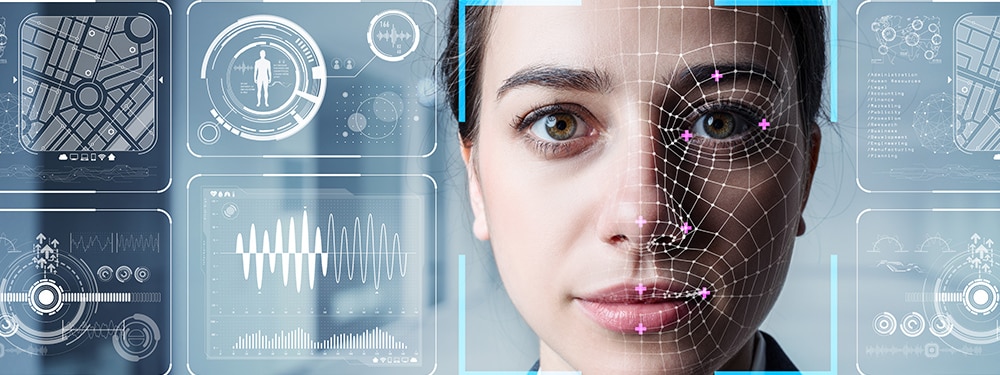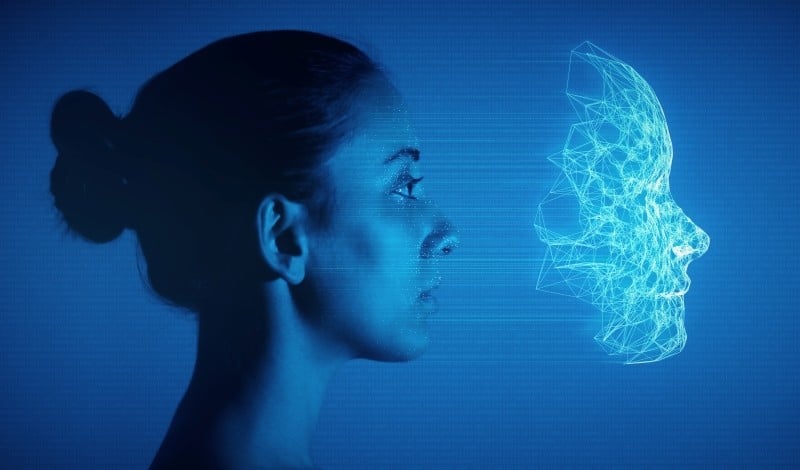In recent years, the integration of technology into law enforcement has transformed how police forces operate. Among these advancements, facial recognition technology (FRT) stands out as a particularly impactful tool. As it becomes increasingly prevalent, understanding its implications is crucial for both law enforcement and the public. This article explores five significant ways facial recognition is shaping modern policing practices, highlighting its benefits, challenges, and the ongoing debate surrounding its use.
1. Enhancing Crime Detection and Prevention
One of the most immediate benefits of facial recognition technology is its ability to enhance crime detection and prevention. By comparing images from surveillance cameras against databases of known offenders, police can quickly identify suspects in real-time. This capability not only speeds up investigations but also acts as a deterrent for potential criminals who know they could be easily identified.

For instance, during large public events, such as concerts or sports matches, law enforcement agencies can deploy facial recognition systems to monitor crowds. This proactive approach allows them to identify individuals with outstanding warrants or those involved in previous criminal activities, thereby preventing potential incidents before they escalate. For a deeper dive into the specifics of how facial recognition is influencing policing practices in the UK, click on the link.
2. Streamlining Investigations
Facial recognition technology significantly streamlines the investigative process. Traditionally, identifying a suspect could take weeks or even months, involving painstaking manual searches through photographs and witness statements. With FRT, police can reduce this time dramatically.
For example, if a crime is captured on CCTV, officers can upload the footage to a facial recognition system, which can then cross-reference it with millions of images in seconds. This rapid identification can lead to quicker arrests and a more efficient allocation of resources, allowing officers to focus on other pressing matters.
3. Improving Public Safety

The use of facial recognition technology can enhance public safety in various ways. By integrating FRT with existing surveillance systems, police can monitor high-crime areas more effectively. This capability allows for a more strategic deployment of officers, ensuring that resources are allocated where they are most needed.
Moreover, in emergency situations, such as missing persons cases, facial recognition can play a crucial role. By scanning public spaces for the missing individual’s image, law enforcement can expedite the search process, potentially saving lives. The technology’s ability to operate in real-time means that officers can respond more swiftly to emerging situations, ultimately improving outcomes for the community.
4. Addressing Privacy Concerns
While the benefits of facial recognition technology are significant, they are not without controversy. The use of FRT raises important questions about privacy and civil liberties. Critics argue that widespread surveillance can lead to a culture of constant monitoring, infringing on individual rights.
In response to these concerns, many police departments are implementing strict guidelines and oversight mechanisms to ensure that facial recognition is used responsibly. For instance, some forces have established policies that limit the use of FRT to specific situations, such as serious crimes or public safety threats. Additionally, transparency is key; agencies are increasingly sharing information about their FRT practices with the public to foster trust and accountability.
5. Navigating Legal and Ethical Challenges
The integration of facial recognition technology into policing practices also presents legal and ethical challenges. As the technology evolves, so too does the need for clear regulations governing its use. In the UK, for example, the Information Commissioner’s Office (ICO) has issued guidance on the use of FRT, emphasising the importance of balancing public safety with individual rights.
Law enforcement agencies must navigate a complex landscape of laws and regulations while ensuring that their use of facial recognition is ethical and just. This includes addressing issues such as data protection, consent, and the potential for bias in algorithms. Studies have shown that facial recognition systems can exhibit racial and gender biases, leading to disproportionate targeting of certain groups. As a result, police forces are increasingly investing in training and technology that aim to mitigate these biases, ensuring fair and equitable application of the technology.
Conclusion

Facial recognition technology is undeniably shaping modern policing practices in profound ways. From enhancing crime detection and streamlining investigations to improving public safety, the benefits are clear. However, the challenges it presents—particularly concerning privacy and ethics—cannot be overlooked.
As law enforcement agencies continue to adopt and refine facial recognition systems, it is essential for them to engage with the public, address concerns, and establish robust guidelines that protect individual rights. The future of policing will likely involve a careful balance between leveraging technology for safety and maintaining the trust and confidence of the communities they serve.
In this rapidly evolving landscape, ongoing dialogue and collaboration between law enforcement, policymakers, and the public will be crucial in shaping a future where technology enhances safety without compromising civil liberties. As we move forward, it is vital to remain informed and engaged in discussions about the role of facial recognition in our society.
- 3shares
- Facebook0
- Pinterest0
- Twitter3
- Reddit0



